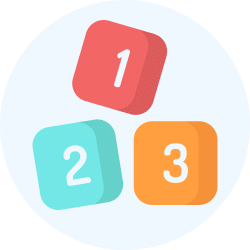Class 1 Exam > Class 1 Notes > Mathematics for Class 1 > Worksheet: Patterns - 1
Patterns - 1 Class 1 Worksheet Maths Chapter 10
Q1: Number pattern
Q2: Colour pattern

Q3: Shape pattern
Q4: Count and write how many of each shape do you see in the picture given on the right.
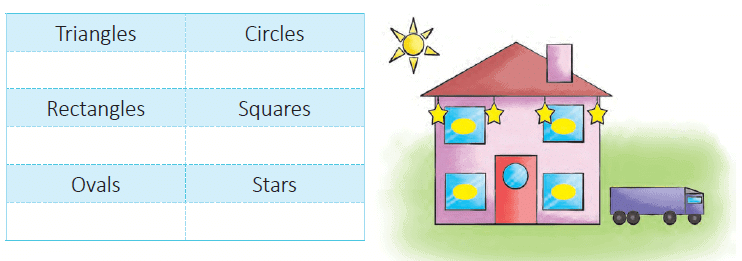
Q5: Complete the following number patterns.
(a) 
(b)
Q6: How many straight lines are there in each of the following figures? Write your answer in the given blanks.
(a) 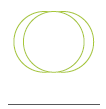
(b) 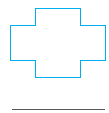
(c) 
Q7: Match the pattern in column A with the type of pattern in column B.
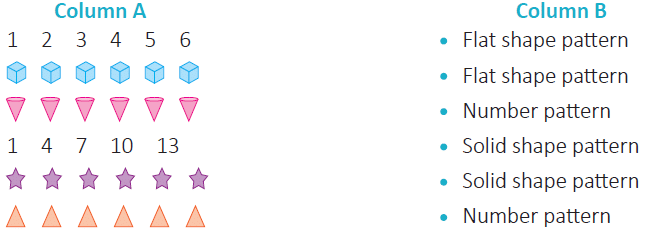
Q8: Count the number of
(a) rectangles in 
(b) triangles in 
The document Patterns - 1 Class 1 Worksheet Maths Chapter 10 is a part of the Class 1 Course Mathematics for Class 1.
All you need of Class 1 at this link: Class 1
|
16 videos|135 docs|23 tests
|
FAQs on Patterns - 1 Class 1 Worksheet Maths Chapter 10
| 1. What is a pattern in mathematics? |  |
Ans. A pattern in mathematics refers to a sequence of numbers, shapes, or objects that follow a specific rule or sequence. It helps in identifying and predicting the next element in the sequence based on the observed pattern.
| 2. How can patterns be used in problem-solving? |  |
Ans. Patterns can be used in problem-solving by recognizing and analyzing the relationships between elements in a sequence. By identifying the pattern, one can predict the next element in the sequence and use this information to solve various mathematical problems.
| 3. What are some common types of patterns in mathematics? |  |
Ans. Some common types of patterns in mathematics include arithmetic patterns (where the difference between consecutive terms remains constant), geometric patterns (where the ratio between consecutive terms remains constant), and number patterns (where the sequence follows a specific rule involving numbers).
| 4. Can patterns be found in real-life situations? |  |
Ans. Yes, patterns can be found in real-life situations as well. For example, patterns can be observed in the growth of populations, weather patterns, stock market trends, and even in music and art. Recognizing and understanding these patterns can help in making predictions and informed decisions.
| 5. How can patterns help in developing problem-solving skills? |  |
Ans. Patterns help in developing problem-solving skills by promoting logical thinking, reasoning, and analytical skills. By identifying patterns, individuals can make connections, generalize concepts, and apply them to solve problems in various contexts. It enhances critical thinking and problem-solving abilities.
Related Searches




